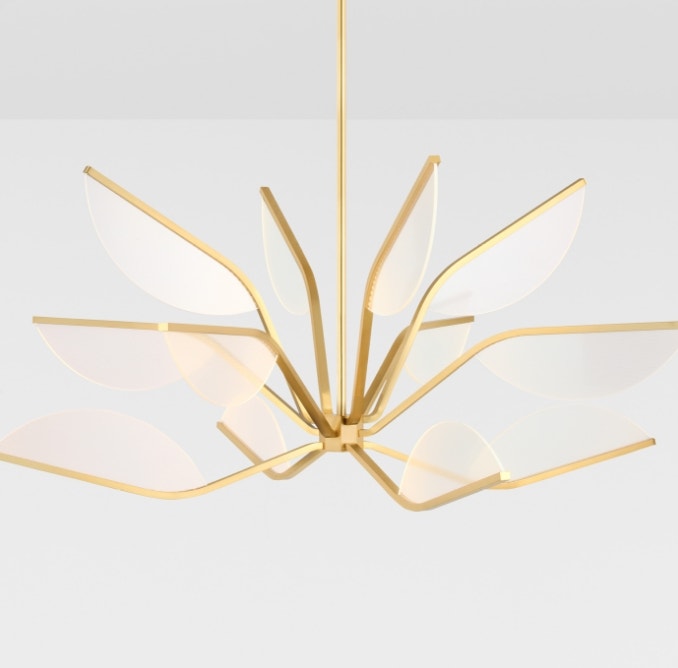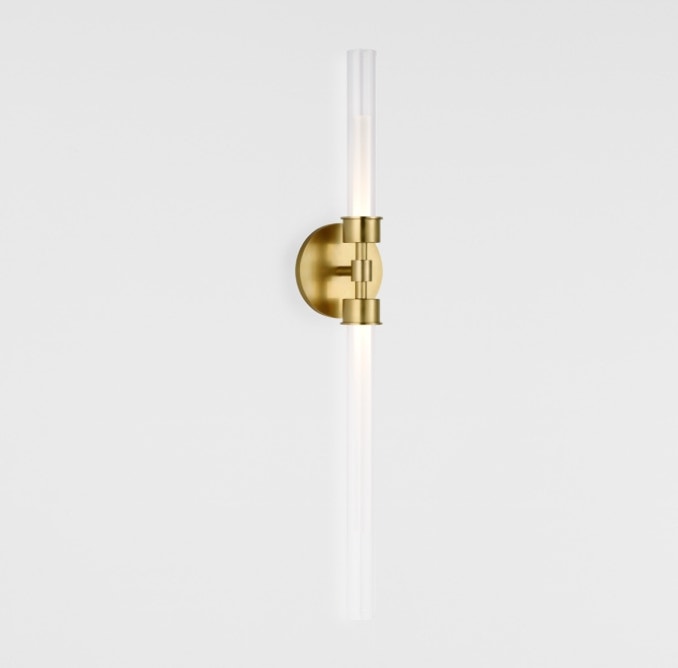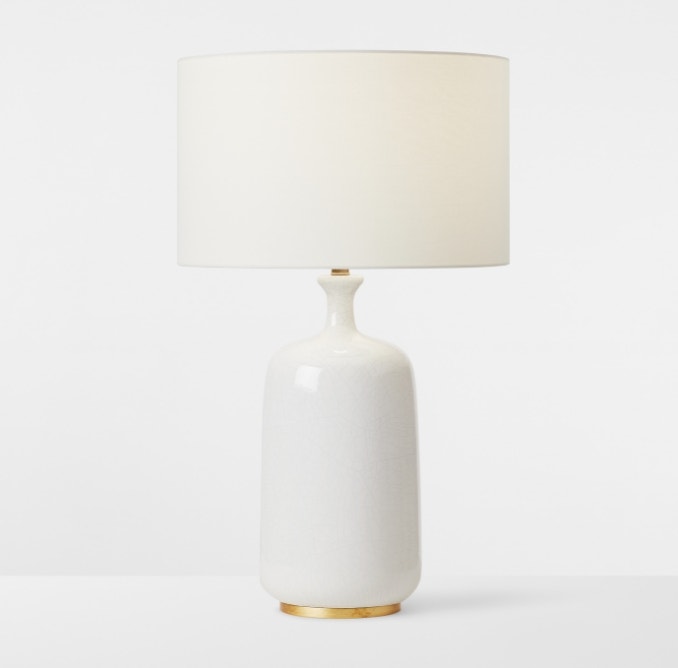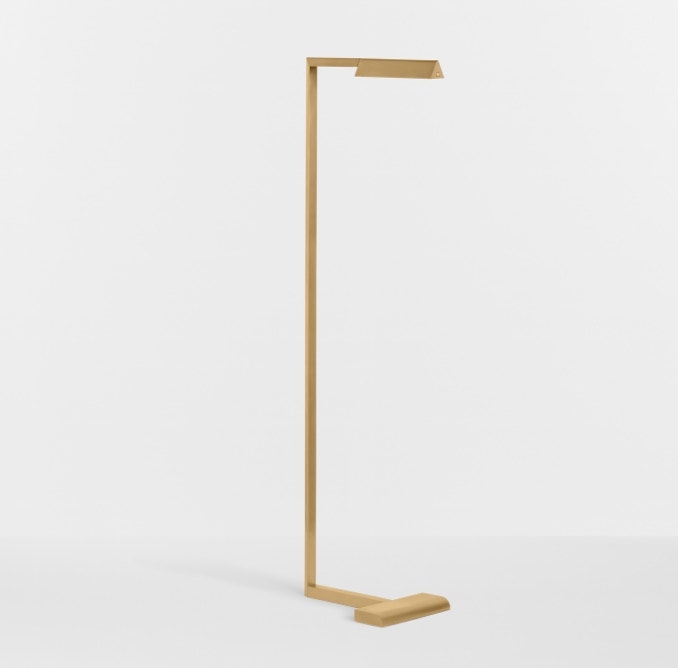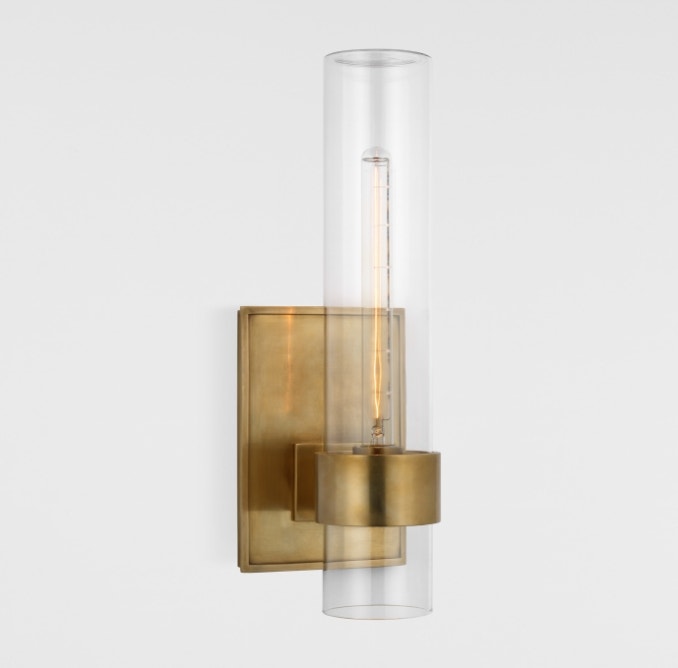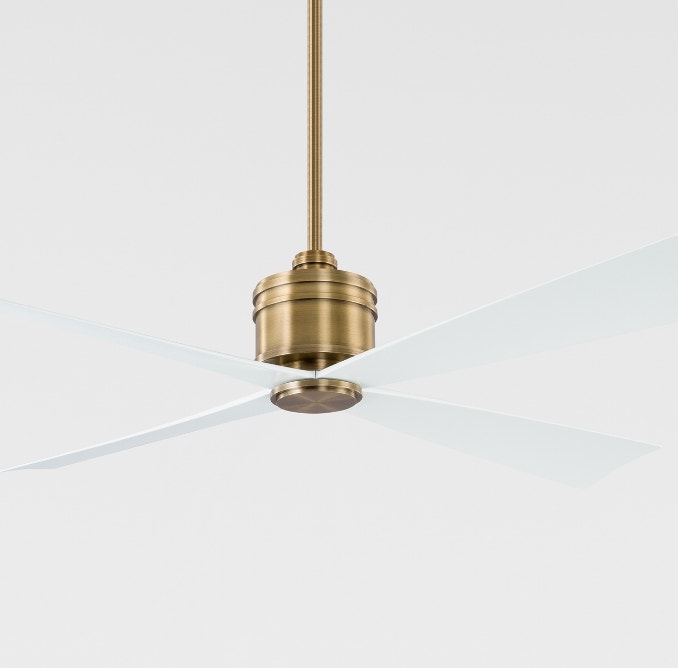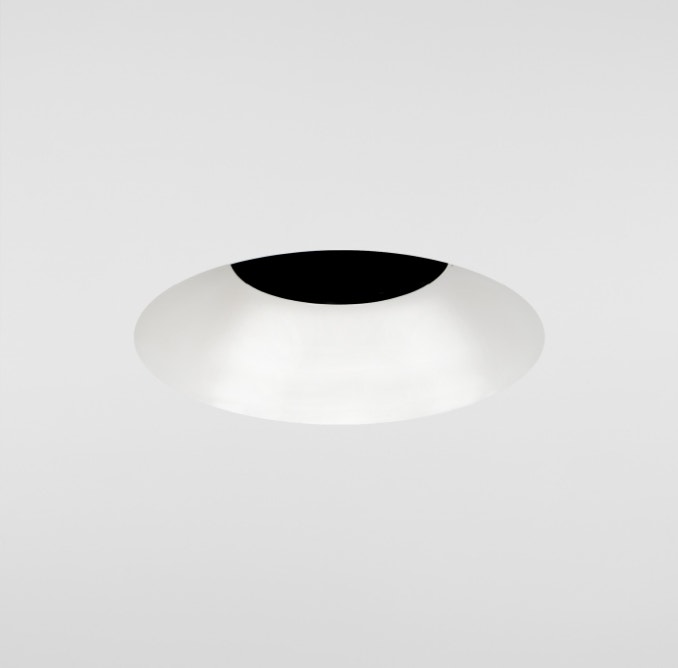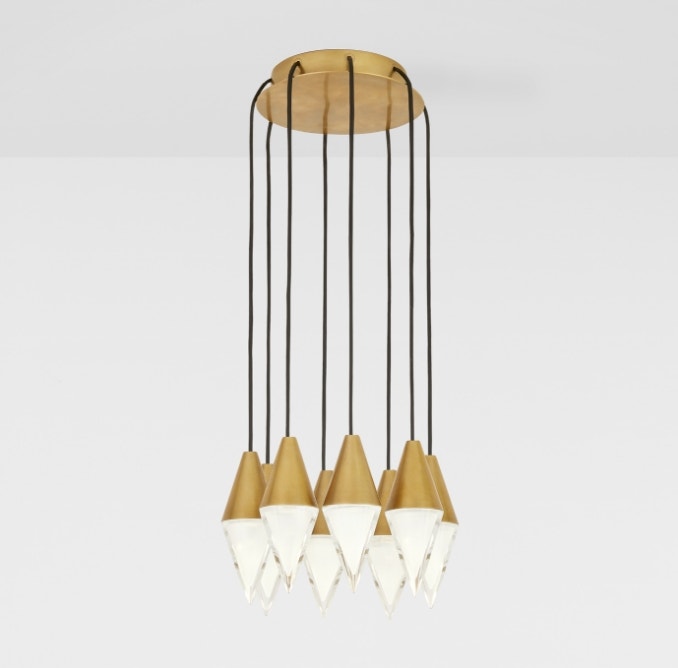

Wolfers Lighting Joins Visual Comfort & Co.
We are pleased to announce that Wolfers has become a part of the Visual Comfort & Co. family. This significant development marks the joining of two companies with a long history of providing exceptional lighting solutions and services.
Our Commitment to You
We want to assure you that our commitment to you remains unchanged. We understand that the quality, service, and values that you have come to expect from Wolfers are critical to our partnership with you. These values will continue to be the cornerstone of our business, now with added expertise and extensive offerings from Visual Comfort & Co. Our dedicated team from Wolfers will continue to support you, ensuring a seamless transition and continuity in the services you rely on.
We invite you to explore the Visual Comfort website and discover the wide range of lighting designs, styles, and solutions available. Our combined portfolio is designed to inspire you and bring your vision to light.
Thank you for your continued trust and support.
Stay Connected
If you require any assistance or want to discuss your lighting needs, please do not hesitate to contact us by phone or email:
781-890-5995
lighting@wolfers.com

